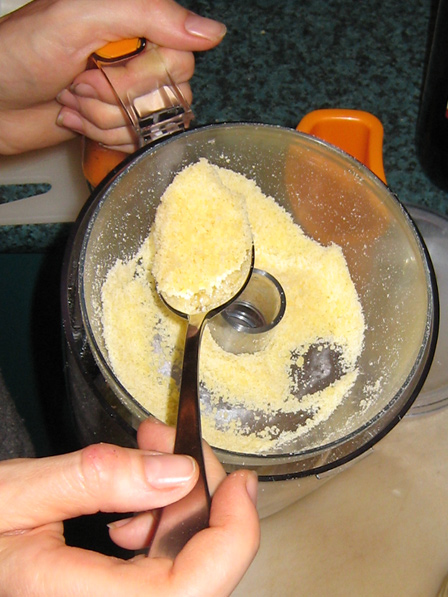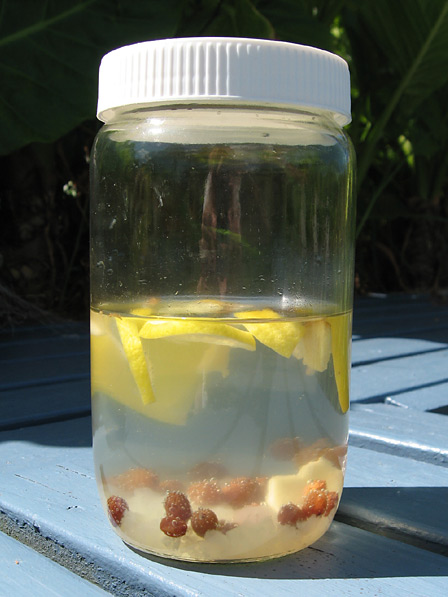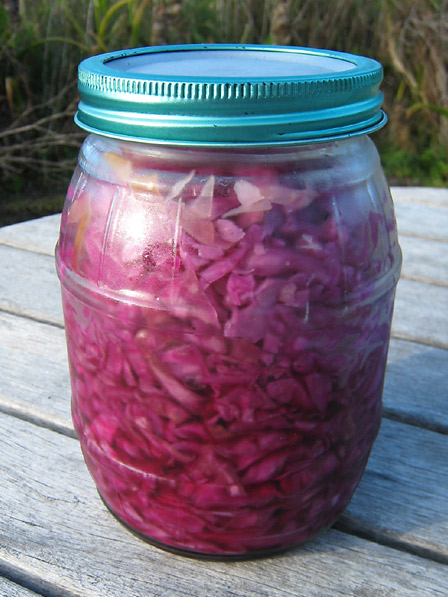Best wishes to all for the Year of the Rat!
One year ago, at the beginning of the Year of the Pig, I set out a list of 13 goals for the Farmlet. With the year now over, it is time to review our goals and achievements, and to set new goals for the coming year.
Here’s the report on last year’s goals:
1. Have some earthworks done in the middle cow paddock, in order to create an irrigation dam and level a site for a barn. The cows will be fenced out of the dam area. (The area in question is already swampy and damp — not especially good grazing, but an excellent dam site. The elevation of the site will allow us to gravity-feed water to gardens and stock. We plan eventually to plant the area around the dam with trees, creating a special dam-microclimate.)
Yes, we had the earthworks done. Sites have been leveled for a shed and a large water tank. The dam filled up beautifully and has stayed full of water right through the summer. We have surrounded the dam area with electric tape and planted mustard and lupins in the turned soil to prevent erosion. Still to do: Establish the gravity feed water system and plant trees around the dam area.
2. Build a barn/shed in the cow paddock for milking, storage, and keeping calves. We need to have this in place by July, when the cows are due to calve. (In due course, we plan to collect rain water off the roof of the barn. We will install a water tank next to the barn, from which water can be gravity-fed down to to house.)
The barn/shed project was shelved. We have been grazing our animals down on our neighbour’s pasture, in the middle of which is an old milking shed. Having the use of this shed took the urgency out of our need to build our own. We still plan to build the shed eventually, but other projects now seem more pressing.
3. Fix the fences around the goat paddocks. We need to reinforce the fences and put in more electric wires, so that the goats can be kept in the paddocks without their A-frame collars on.
Kevin fixed the goat paddock fences, with the result that they are much more goat proof. What a relief!
4. Extend the goat houses to give the goats more space, and better access to dry feed during the winter.
We have not done this yet. Now, with the goats expected to kid this coming spring, this project needs to move to the top of the priority list!
5. Build a chook house, and get some chickens. We plan to start with a small movable chook house in the house paddock. This way, the chooks can help us to clear kikuyu and create new garden areas. (Eventually, we would like to have a larger number of chickens ranging on the pasture up the hill.)
Alas, we still have no chooks! Over the past few months, Kevin and I have started to change and refine our chook house/ chook run plans. We are determined to tackle this project soon.
6. Plant fruit trees. Build supports for passion fruit and kiwifruit vines.
We have planted some more fruit around the place — a guava, a naranjilla, a boysenberry, a couple of tropical apricots and a grapefruit. I have also propagated seedlings for more passionfruit (both purple and yellow varieties), cherimoya, plum and guava, and we have been given a small fig, a raspberry, a thornless blackberry, a blackcurrant and a macadamia nut. We have to find places to plant all these! The passionfruit have supports to climb on, and we have just been enjoying the first fruit. The kiwifruit still need a pergola to climb on. They are looking a bit wretched after getting a rather fierce pruning from Daphne — naughty goat.
7. Continue to expand and develop gardens in the house paddock – including barrier plantings to keep out kikuyu.
We expanded the gardens by a considerable margin this spring, clearing the area that we are now using to grow corn and beans. We also worked on improving the soil structure in the existing beds. I didn’t do much work on barrier plantings in the end.
8. Experiment with making kefir, quark, and various cheeses. (This will be happening after our cows have calved and we have a good supply of fresh milk. We also hope to continue making yoghurt and butter.)
We have enjoyed making kefir, kefir cheese, Caspian Sea yoghurt, and butter using milk and cream from our own cow, Coco. I have to admit, though, that since Owen came along, I’ve really only kept going with the yoghurt (we get through several litres of this every week), having killed off our poor kefir grains soon after he was born. I’ll have to get some more! We’ve also been buying butter, which saves time, even if it’s not as nice as making our own. I’ve had several attempts at quark, and all have turned into yoghurt. The yoghurt culture has obviously taken up firm residence in this house and seems set on colonising any milk that I leave out at room temperature! Not good news for my quark mission.
9. Experiment with making assorted fermented beverages — perhaps using herbs from the garden.
I have had a lot of fun with fermentation over the past year, including growing a ginger beer bug and making ginger beer using our own lemons. I’ve also made water kefir using lemons and herbs from the garden. Sadly, the water kefir grains got very sulky quite some time ago, and nothing I could do would revive them. I am now looking to purchase some more. We continue to brew kombucha.
10. Grinding flour and making sourdough bread has become part of our routine by now. I’d like to get into the habit of using the sourdough in some other creative and delicious ways.
Yes, during the past year I found some delicious sourdough recipes in “Full Moon Feast” — sourdough pancakes, crackers and scones. I have also used sourdough to make fishcakes and pizza crust. By now, these recipes have become old favourites.
11. Start growing some “bushman’s toilet paper.†We plan to start seedlings and plant them out in the garden when they are big enough.
Ah. . . ! I’d forgotten all about this one. But it sounds like a neat idea. We should do this!
12. Install a solar hot water heater to cut our power bill and increase our energy self-sufficiency.
Kevin has been researching our options in this area, and has finally found one that looks right for us. With any luck, we’ll soon be embarking on this project.
13. Keep a more systematic record of income and expenditure. In particular, I think it will be satisfying to have records that clearly document the changes in our grocery bills as we produce more and more of our own food.
I kept these records very diligently through until October last year. Since our little one was born, my attentions have been focussed elsewhere, to the detriment of my record keeping! I hope the records will remain a useful basis for comparison as the Farmlet changes and develops.
So. . . does that mean we’ve achieved 8 out of our 13 goals? I suppose that’s not too bad.
The Year of the Pig has been a special one for us. Our goats grew to maturity, the first Farmlet calves were born, Kevin learned to milk a cow and shot his first wild pig. I got my firearms license. We had a rough time when Coco’s calf was born dead and we had to mother a new calf onto her. . . and it was hard to say goodbye to our fabulous cow, Esmerelda, even though she was going off to an excellent home. Of course, by far the most significant event of the year for us was the birth of our precious baby: Owen Thom Flaherty, born on the 16th of November 2007, Year of the Red Fire Pig. Our very own dear little piglet.
 Owen
Owen
Now I’ve started compiling a new list of goals for the Year of the Rat. I hope to post this list in the next few days, so please stay tuned.




